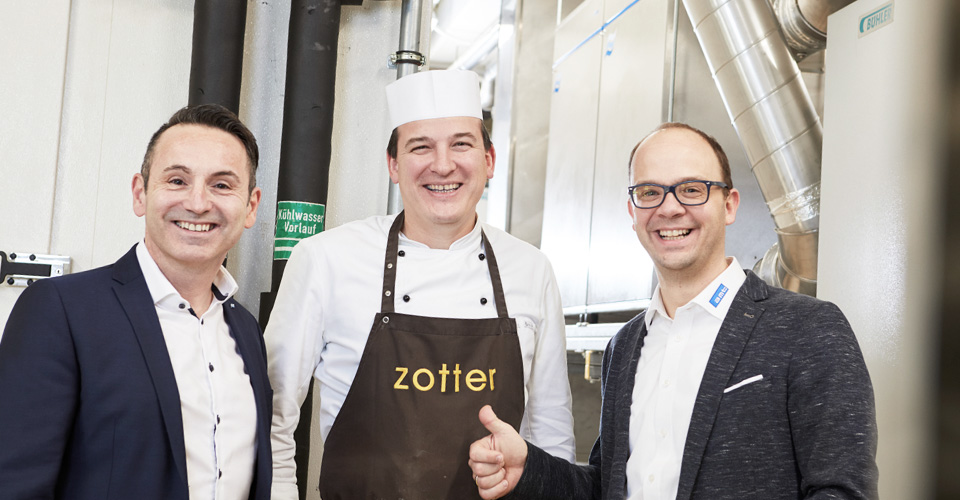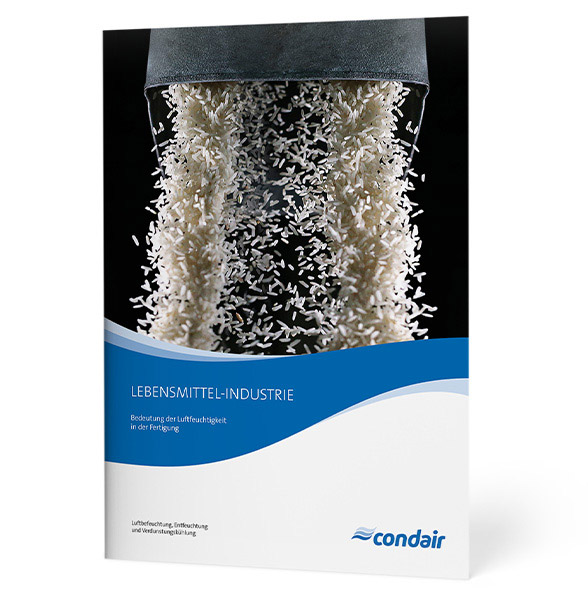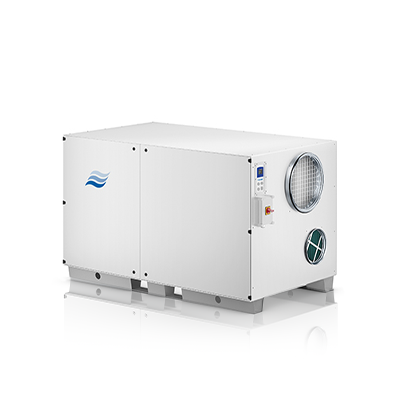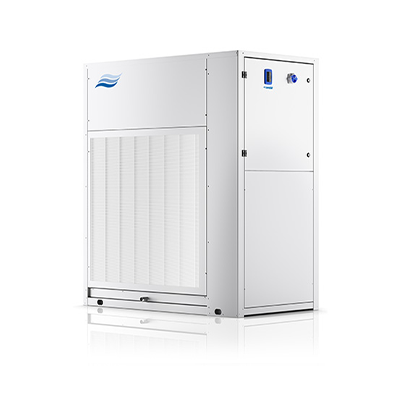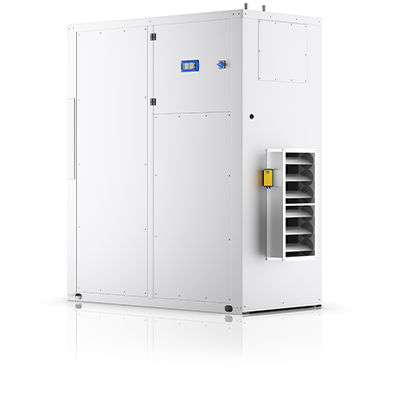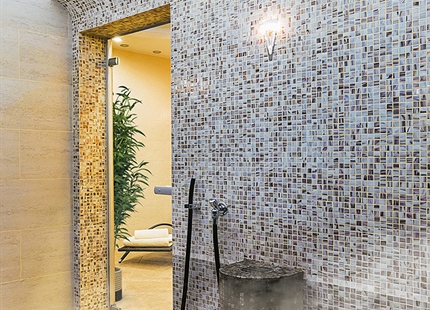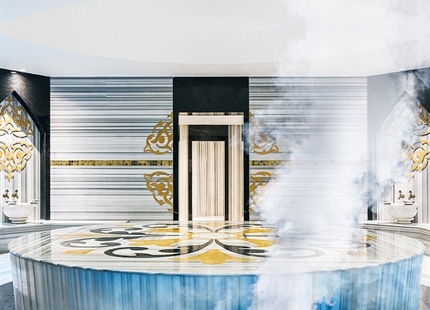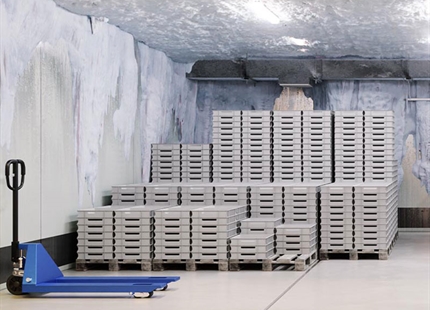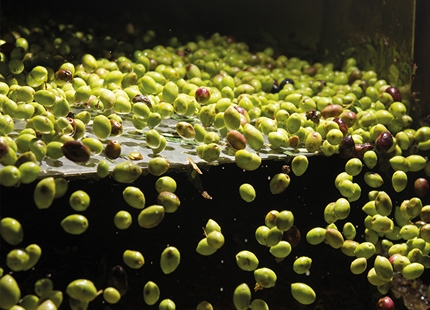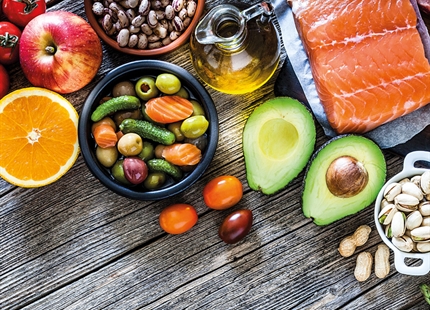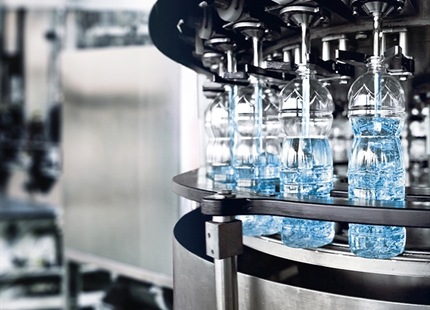Air Dehumidification for Confectionery
It is in the nature of things (based on physics) that the production, processing and storage process of confectionery primarily depends on the continuous dehumidification of the ambient air. Combined with moisture, sugar develops a sticky consistency. Accordingly, dehumidification measures are used throughout the entire production process in the confectionery industry: during transport to the silos and the subsequent storage of the raw materials, coating, moulding (especially of chocolate) and, of course, the respective packaging processes. Confectionery can usually be easily processed and permanently stored below 60 per cent relative humidity. In addition, their drying times are reduced in low-humidity environments and they can be
easily packed in boxes or bags.
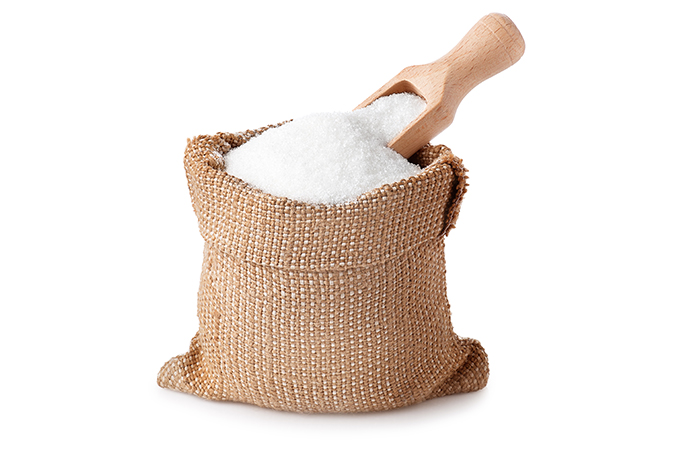
Hygroscopic Ingredients
(such as sugar)
In the industrial manufacture and further processing of hygroscopic substances, continuous dehumidification of the ambient air is essential for optimal production. Compounds that have a strong attraction to moisture, such as starch, may change not only their dimensions but also their colour and other characteristics when they absorb water. Crucially, however, the quality of the products and their individual components may also deteriorate to the point of being unusable or inedible.
For example, flour quickly forms lumps when it absorbs moisture, whereas sugar reacts chemically with water to form cast or caramel-like compounds that can make it unusable for further processing. The use of effective dehumidification solutions is vital in order to prevent the consequences
of these reactions or processes.
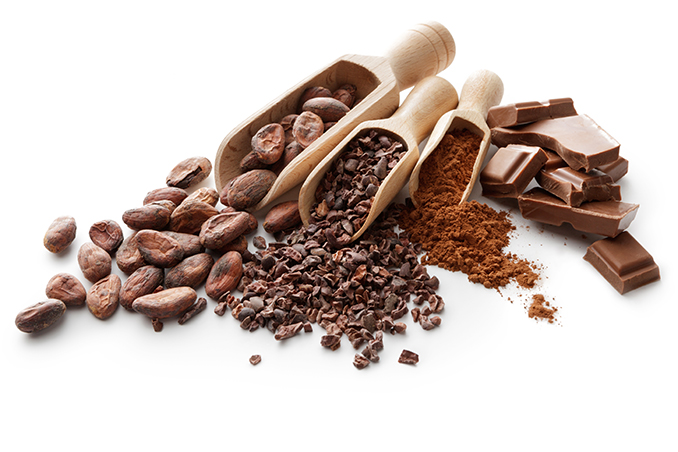
Avoiding Ice Formation
(chocolate requires -20°C)
In an industrial context, dehumidification is used as a matter of course anywhere the dryness level needs to be kept constant and consistently high during processing operations. Take chocolate production, for example: Transforming liquid chocolate into the usual bar shape during further processing places extreme demands on air dryness. In such exacting environments, mainly adsorption dryers are deployed. Today, these are capable not only of controlling the air down to minimum humidity values, but also of ensuring the operational safety and functionality of the equipment used; and this down to well below zero. Air dehumidification using current adsorption technology enables energy and cost savings for large-scale facility system operators in particular.
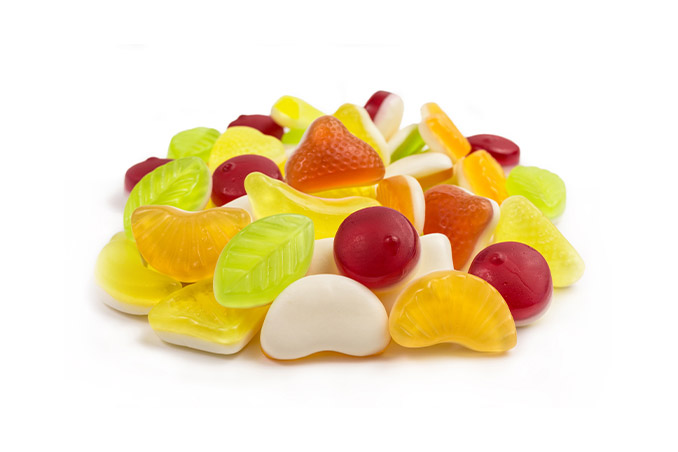
Gelatine Drying
Whether to ensure the gloop-free further processing of baked goods, to produce highly hygroscopic bouillon cubes or to firmly mould chocolate products: Effective air drying is often a crucial factor in the production and storage of numerous products in the food and luxury foods, alcohol and tobacco sector. In this context, the impact of excessively high or fluctuating humidity in the environment is just as negative as less constant temperature conditions. This also applies to the production and especially the further processing of gelatine or gelatine-containing products, where the entire manufacturing process is similar to that of other confectionery items such as sweets or chocolate products. In gelatine processing, the use of dehumidifiers can, above all, prevent the products from sticking to each other or to the packaging materials, thereby maintaining
a constant process flow in production.
Zotter is one of the best chocolatiers in the world.
Diversity, quality, creativity and sustainability
one has written up the flags.
Ensure perfect production conditions
including adsorption dryers from Condair.
Humidity in Manufacturing
This brochure provides information on what is important to
ensure the environment is optimally conditioned,
what needs to be considered and what solutions are available.

Because professional planning is the basis for functional quality and energy efficiency, we are happy to assist you with your project right from the planning phase.
Steam bath and steam shower
Nowadays, many hotels and health clubs offer spa facilities for the well-being of their guests and members:
A swimming pool, a sauna and more and mor...
Hammam, Caldarium and Rhassoul
A hamam is a steam bath in which a special bathing ceremony is held,
and is an important part of Islamic bathing and physical culture.
The focus is...
Archives
The preservation, provision and safeguarding of manuscripts, books, graphics, pictures, documents and other works of art and culture are the most imp...
Cold storage
When storing foodstuffs such as meat and sausage products, dairy products, pasta and frozen foods, an optimum ratio between the suitable indoor tempe...
Conveyor technology
Regardless of the industry, high conversion speeds, optimum coordination between the individual elements and, above all, reliable functionality are e...
Food Industry
Consistent air dehumidification has become an indispensable part of the entire process environment in food production, drying and storage.
Drying sys...
Chemical industry
Whether it is a matter of binding raw materials together permanently, pulverising liquids or preventing potential side effects of reactions in applic...
Beverage Industry
Efficiently controlling humidity throughout the production and storage process environment offers companies in the beverage industry clear added valu...
Call Centers
A good room air humidity in a call center not only ensures the employees’ well-being, but also their performance and health. Today, respiratory illne...
Office Rooms
Employees must feel comfortable as they work. Motivation, efficiency, and health can be improved through contemporary design of the workplace. The ri...



